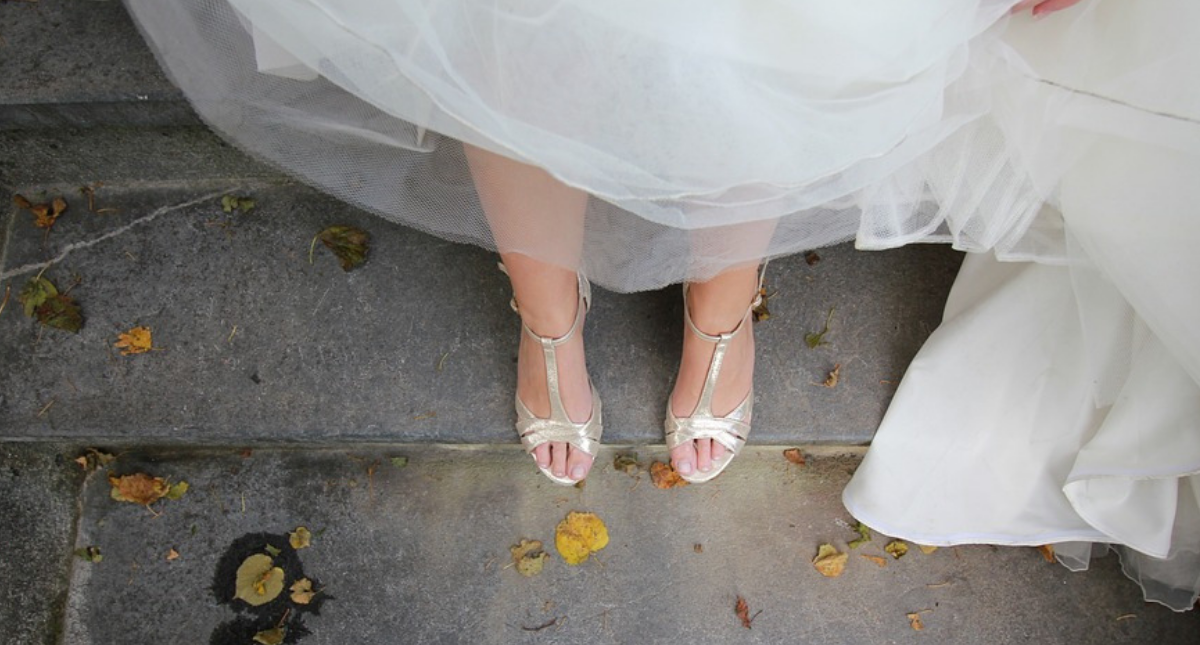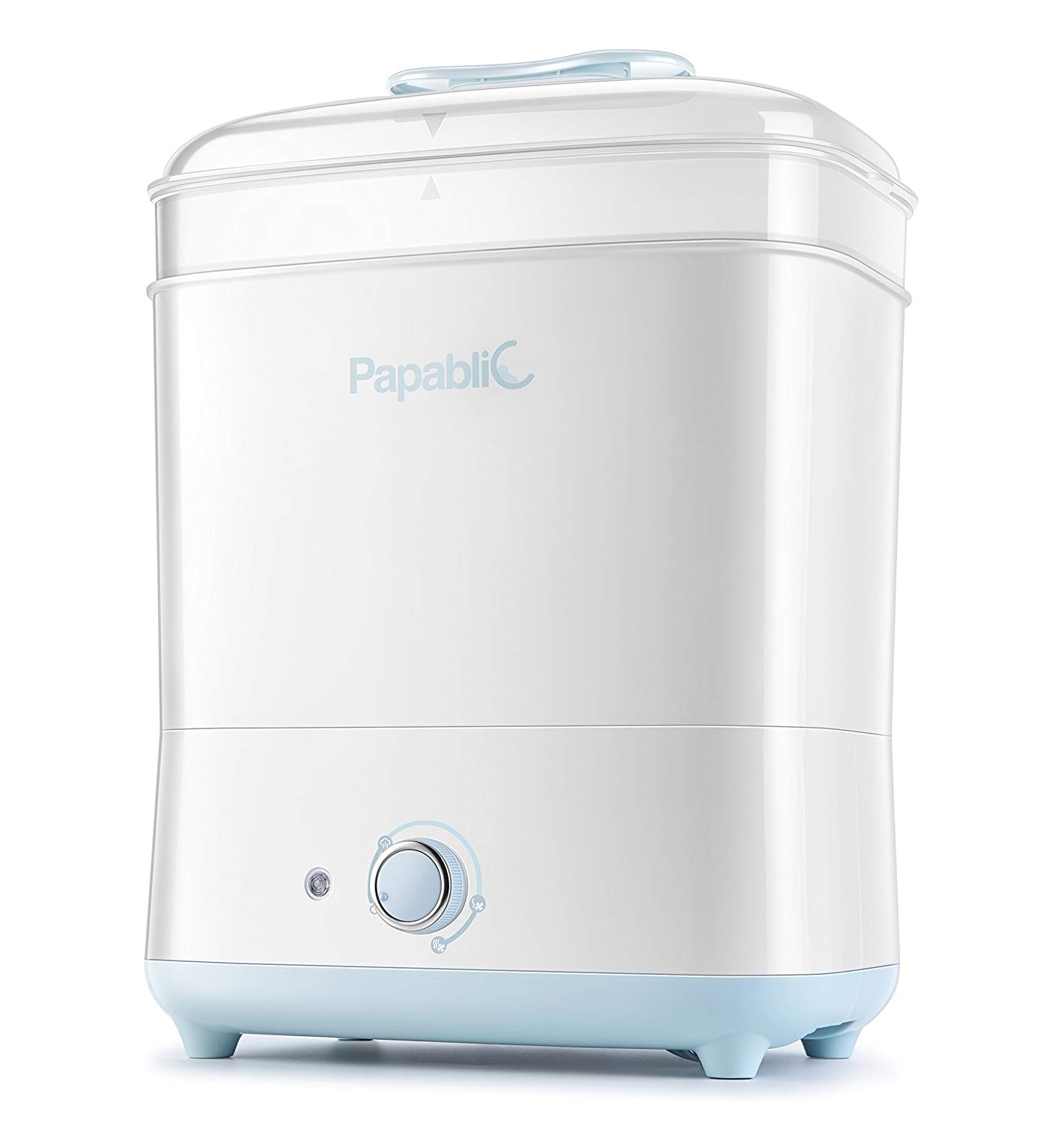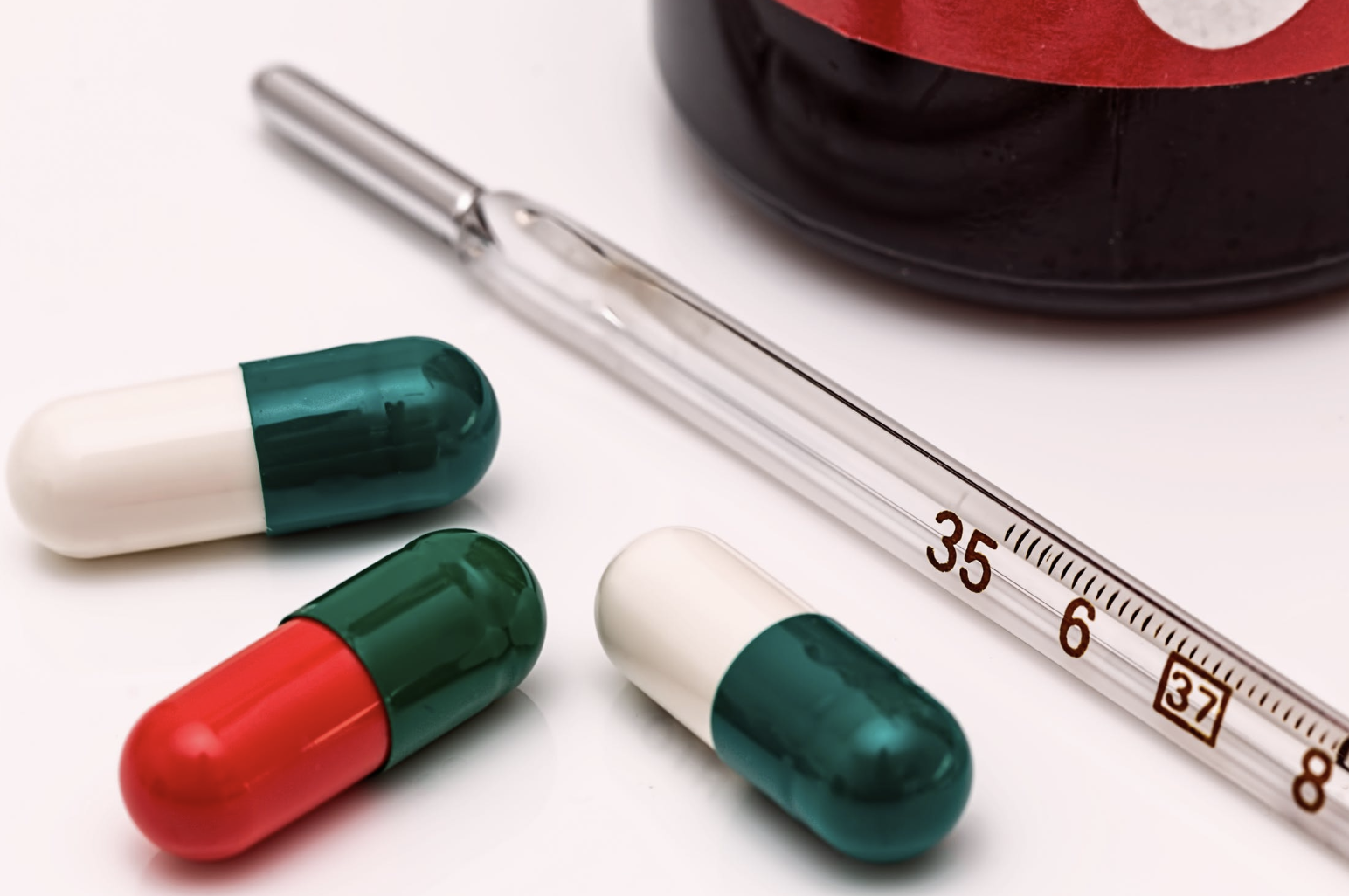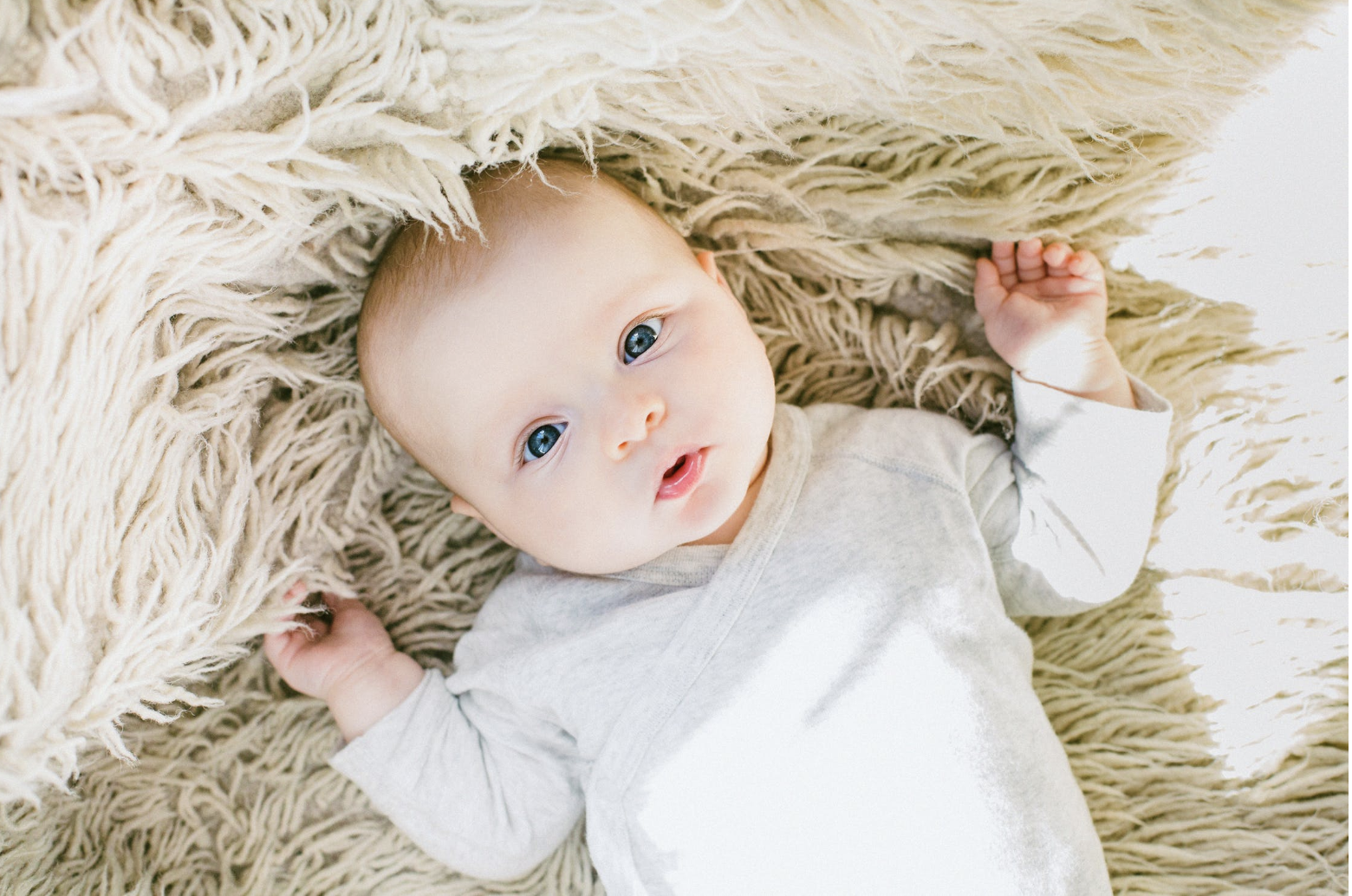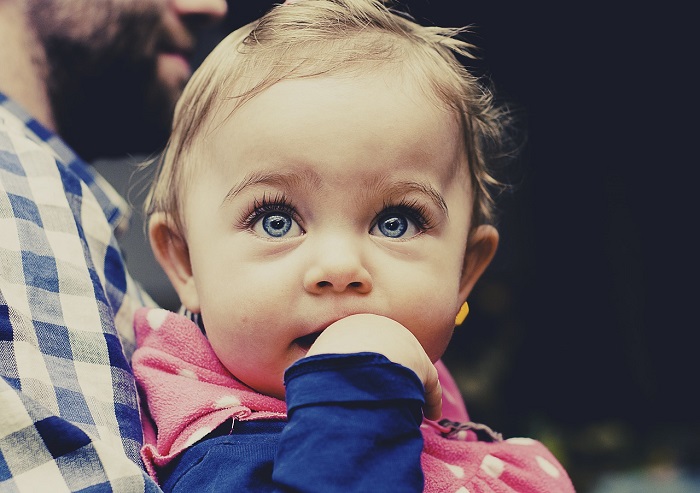

When it comes to the growth of your child, don't be alarmed if you see them grow in spurts. A toddler growth spurt happens when one week they fit into their clothing perfectly, and the next week, you are having problems putting on their pants that they just wore the week before. Toddler growth spurts are perfectly healthy.
Just so you won't be alarmed by this, we put together this guide on toddler growth spurts about the signs to watch out for when a growth spurt is happening and what you can do when they are happening.
Signs of a Growth Spurt
There are a few things you can watch out for when your child is going through a toddler growth spurt. They include the following:
- Your child is hungrier than usual
- Your child is more tired than usual
- Your child doesn't fit into the clothes they did last week
- Your child may be a little clingier and crankier than usual
Things You Should Never Do During a Growth Spurt
Although there is nothing you can do to stop a growth spurt in your child, there are things you should avoid doing when your child has a growth spurt. For one thing, don't ever overfeed your child just because they are going through this. They might eat a little more, but that doesn't mean you need to overfeed them. It is also not a good idea to put them on a special diet. Growth spurts usually only last for a few days.
Usually, you won't notice a growth spurt until after it has already happened. This is especially true if you are dressing your child, and he or she doesn't fit into the clothing they just fit into the week before. This is when you know they have grown almost overnight.
How Your Child is Developing
Your child will grow fast from the time he or she is born. It seems like children develop at the speed of light. One minute they are small toddlers and the next they are leaving the nest and going out on their own.
Between their first birthday and their second birthday, he or she will gain about six pounds and grow five inches in height. By the time they are three-years-old, they will have put on another four pounds and grew another two to three inches taller. However, they are always on the move.
So much so, that they are hard to keep up with throughout the day. During this time they have a lot of energy, they will still grow at an average rate. You will be able to keep up with their growth as you take them to their regular doctor checkups. This is where the doctor will keep track of their growth with a growth chart or a growth graph. Around the time your child turns two-years-old, his or her doctor will start monitoring their BMI or body mass index.
Different Phases of Growth
- Infant years
- Preschool years
- Middle childhood years
- Adolescent years
Although your child will lose a few pounds after he or she is born, after about the first week of life, they will gain it back and more. They will keep gaining weight and inches and then puberty hits, and this is it seems like the most significant growth spurt happens almost right away.
You can expect your child to gain about five pounds every year until they reach their fifth birthday. From year five until they are 10-years-old, their growth will increase at a steady rate. Once they hit puberty years, they start growing like a weed again.
Let's break it down a little bit to make it easier to understand:
Birth to 12-months - they gain triple their birth weight, and they grow about 10 inches
12 - 24 months - they gain six more pounds and grow five more inches
Two-10 years - this is when they start gaining six pounds per year and grow another two and a half inches
Ten years and all the way through to puberty years - girls will gain between 15 and 55 pounds and grow about nine more inches while boys will gain up to 65 more pounds and grow up to 11 inches more
Your child's doctor will keep a growth chart to make sure they are growing correctly. You can keep one at home too to ensure things are going as planned.
Should You Be Concerned About Growth Spurts?
No, there is nothing to be concerned about since growth spurts are normal. However, your child may complain about something many parent's and children call growing pains. Growing pains are a regular part of growth spurts and usually come about a day after a lot of physical activity. However, if these pains come with a fever, swelling, rash, the inability to move their arms or legs, or anything that is not normal for your child, this is when to get in contact with your child's pediatrician. Their doctor will be able to run tests to rule anything out and to determine what the cause of all of this is so they can treat it appropriately.
What You Should Do During Growth Spurts
Remember not to overfeed your child or put him or her on a special diet during this time. And, remember, growth spurts are a regular part of growing. You can, however, keep a careful eye on your child and when you see him or her acting more tired, hungrier than usual, or crankier than usual. When you see them showing the signs of a growth spurt, make sure he or she gets enough rest, nutritional meals, and plenty of exercise throughout the day. Make sure to feed them the fruits and vegetables they need and don't skimp on the snacks. Just make sure they are snacks that are good for them.
During this time, it is normal for your child to sleep about 10 hours during the night and even take an extra long nap during the day. Let them get the sleep they need.
I hope that this article can help you be better prepared for all the growth spurts your child will go through over the years. Good luck!
Related Article: What To Expect and Not To Expect From Your Baby's 7-Month Milestones











